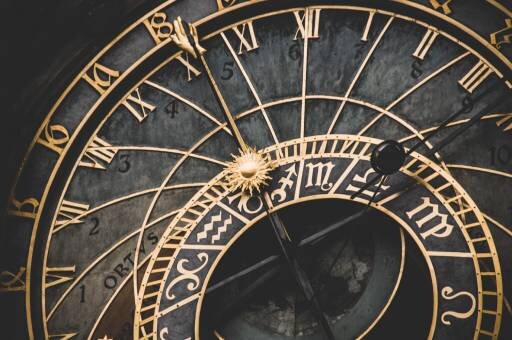By Karen A. Bellenir
Current news stories seem dominated with practical and political matters associated with the global coronavirus outbreak. There are questions about how to treat people with symptoms, how to prevent the virus’s spread, and what to do about the economic impact of business closures and stay-at-home edicts. There are guidelines for handwashing, sanitizing surfaces, and wearing masks. A myriad of suggestions also circulate, offering advice for virtual social gatherings and spending time in isolation.
Although the coronavirus is presenting some unique challenges, other viral outbreaks have preceded it. For just a few examples, you may recall a time when names such as the Ebola virus, Zika virus, West Nile virus, respiratory syncytial virus (RSV), and hepatitis C dominated the headlines. Or, perhaps you remember when the news focused on human immunodeficiency virus (HIV). Historically, humanity has battled these and other viral foes, including polio (caused by the poliovirus) and smallpox (caused by Variola viruses). Additionally, a host of other viruses (such as those that cause influenza, measles, mumps, chickenpox, herpes, rabies, and even the “common cold”) capture people’s attention from time to time.
This illustration, created at the Centers for Disease Control and Prevention (CDC) through electron microscopy, shows the structure of the coronaviruses. Corona is a Latin word that means crown. It refers to the spikes on the virus’s outer surface which give it a crown-like appearance. Photo credit: Alissa Eckert, MS; Dan Higgins, MAMS. CDC, public domain.
So, what exactly is a virus?
In today’s world, many people may be more familiar with computer-related jargon than with biological terms. A computer virus is a piece of software that can insert itself into other software, replicate itself, and do malicious or mischievous things. Computer viruses were so named because of parallels that exist between them and their biological counterparts. In biology, a virus is a type of particle that invades cells within the body and replicates itself by hijacking the infected cells.
Viruses may be round like the coronavirus, but they also come in other shapes. They are infinitesimally small, measured in nanometers (that is, billionths of a meter). The coronavirus measures about 120–125 nanometers. To understanding how small this is, consider a strand of human hair, which might average about 75 microns in diameter (a micron is a millionth of a meter). It would take approximately 600 coronaviruses lined up in a row to span the diameter of a single hair.
On their own, viruses are dormant. They do not become active until they invade a host’s cells. When the virus seizes the reproductive apparatus of cells within a person’s body, the immune system goes into action and tries to figure out how to expel the invader. People get sick as a result of the immune system’s response to the viral attack (a fever, for example results from the immune system trying to eliminate the threatening infectious agent). People can also get sick as a result of the virus itself when it causes interference with cellular function or results in cell death.
Antibiotics, which are used to combat bacterial infections, are ineffective against viruses because viruses and bacteria are different types of infectious agents. Strategies used against viral disease include vaccines that teach the immune system how to fight off specific viruses and antiviral medications that thwart viral replication. The best strategy for remaining healthy, however, is to avoid becoming infected.
Here are some resources for more information:
U.S. National Library of Medicine
The National Academies
The Conversation



